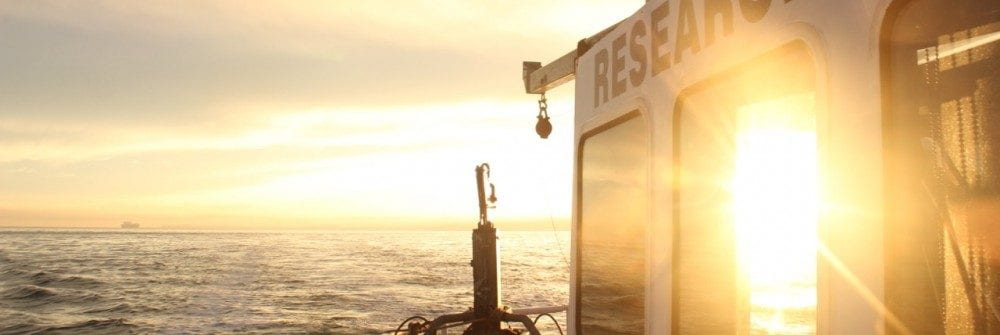The Amazon River is the largest single source of freshwater and sediment to the ocean, and its 800-km tidal river is also the longest in the world. These impressive rankings are based on measurements made above the tidal river, at the village of Óbidos, 800 km from the Atlantic. Relatively little is known about the processes acting along the Amazon tidal river and its vast floodplain, and how such processes might alter those fluxes measured at Óbidos.
Our work here has focused on four broad topics:
- Mainstem dynamics: understanding the velocity structure, residual discharge, and sediment flux within the mainstem of the Amazon tidal river. This work involves continuous 13-hour ADCP velocity measurements along seven transects along the mainstem and major tributaries within the tidal reach. Water samples and CTD+Tu casts are used to determine sediment concentrations throughout the water column and evaluate sediment fluxes along the tidal river.
- Tidal channel dynamics: tidal channels serve to connect the mainstem of the Amazon tidal river to its floodplain, especially in the lower tidal river where the tidal range is greatest. The dynamics within these channels are complex and driven by differences in suspended-sediment concentration, temperature, and pressure gradients.
- Role of tributaries: Two major tributaries, the Tapajós and Xingu, enter the Amazon River along it’s tidal reach. These two rivers are important sources of water to the Amazon River, but act as net sediment sinks within the system. This results from their drowned confluence lakes with effectively trap sediment from the tributaries themselves, and also receive sediment from the Amazon River.
- Floodplain morphodynamics: The banks of the Amazon tidal river change from leveed in the upper tidal river to elevated and planar in the lower tidal river. This along-river shift in bank character is driven by the changing balance between the upstream seasonal hydrograph and tidal oscillations forced at the river mouth.
Funding source: National Science Foundation, Office of Naval Research
People: Chuck Nittrouer, Andrea Ogston, Dan Nowacki, Aaron Fricke, Robin McLachlan, Julia Marks
Collaborators: UFPA





